Nobody likes being told that their bike isn’t good enough to enjoy this sport. That deterrent has been presented to people directly and indirectly for far too long and presents the notion that folks need to pay a lot of money to enjoy mountain biking.
Unfortunately, there is a pretty strong correlation between the amount of money spent and the quality of the bike. For a lot of people reading this, there’s a good chance that in the past year, someone has asked you/them what kind of bike they should buy because they want to try mountain biking. What did you tell them?
Most of us probably didn’t advise them to visit a big box department store or to find a 20-year-old relic off of Craigslist. It would be equally poor advice to tell a new rider that they should spend $9,000 on brand new carbon super bike. The topic and how that line shifts has come up in a few different ways for me over the past week and it got me thinking, especially since we are not really in a buyer’s market right now.
At dinner with a friend recently, he mentioned that he is trying to sell a roughly ten-year-old XC bike, but keeps getting lowball offers. The bike was listed for about half it’s ten-years-ago price, but still has geometry that says “I’ll think about the descent when I’m halfway down it and regret bringing this bike.”
Then there are the other things we remember about old XC bikes: long stems, two-by drivetrains, and short reach and wheelbases; the things we’re hesitant to pay for these days. But, then again, the market often dictates the price.
There’s also the fact that bikes depreciate in value much differently than a car would. Even five years ago, one-by drivetrains, dropper posts, and wheel sizes were still all over the place, whereas you could shop for a car today that is ten years old and still get the important things like air conditioning, power steering, and Bluetooth connections.
In an online forum, I saw a familiar post. Someone was deliberating about buying a bike and wanted advice from other mountain bikers. For $1,400, the seller was offloading a Trek Scratch, a bike that was phased out by the Slash model about ten years ago. The Scratch was sort of a freeride bike before freeride and park bikes were re-designated as enduro bikes.
The Scratch had 170mm of rear travel with a Fox Van coil shock and a 170mm Fox fork, along with a 2×10 drivetrain. Even though this 26-inch-wheeled Scratch could probably scratch its way up some climbs, it was a little too early to come standard with a dropper and the buyer would be relegated to the quick release clamp. Braking was controlled via Avid Elixers, the precursor to SRAM’s frequently cursed Guides.
The geometry on the Scratch is surprisingly modern in some aspects: a 75° STA in the low position, and a 66° HTA, with 439mm chainstays, but there are still some signs of the olden days like a short reach and wheelbase. The Scratch in this particular post actually looked immaculate.
Advisors were split in two camps: The proponents recommended buying because of its condition, and the Scratch is still somewhat modern-looking. If the buyer was planning to use it strictly as a park bike, they wouldn’t be disappointed.
On the other side, opponents mentioned the outdated geo, the front derailleur, the 26″ wheels, and the fact that $1,400 can still go a long way on a newer bike. Which camp was right? Both had good points and it probably didn’t make the decision any easier for the buyer.
Obviously, everyone comes to their own decision on a matter like this by weighing their own variables. How long will I have the bike? What kind of riding will I use it for? I don’t really care and I just want something that is durable and still works, so what does it matter? Sometimes the best part about these questions is splitting hairs, discussing the nuances, and peeling back the layers.






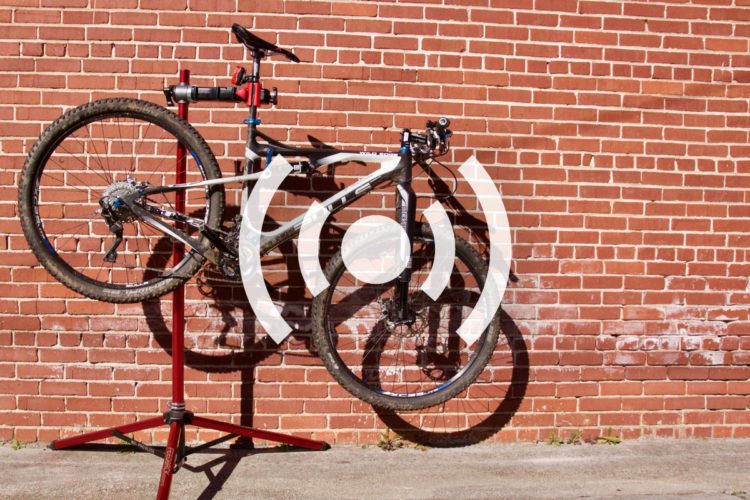

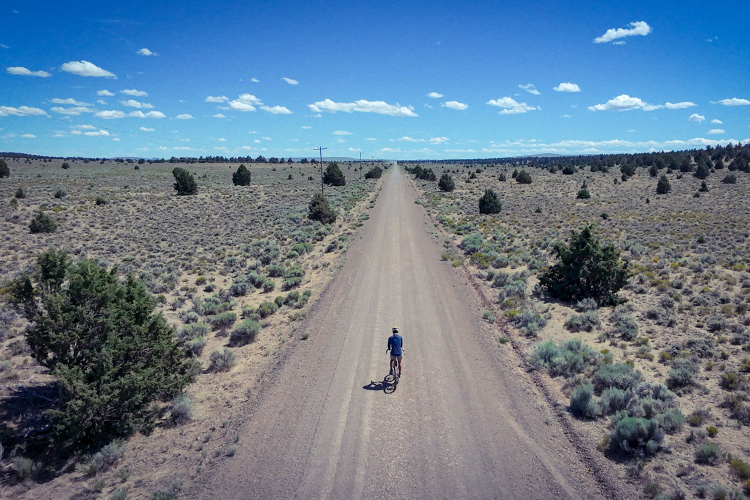
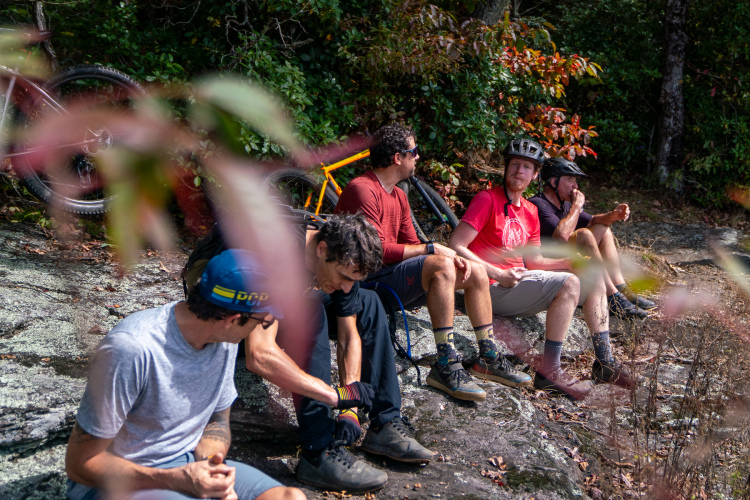
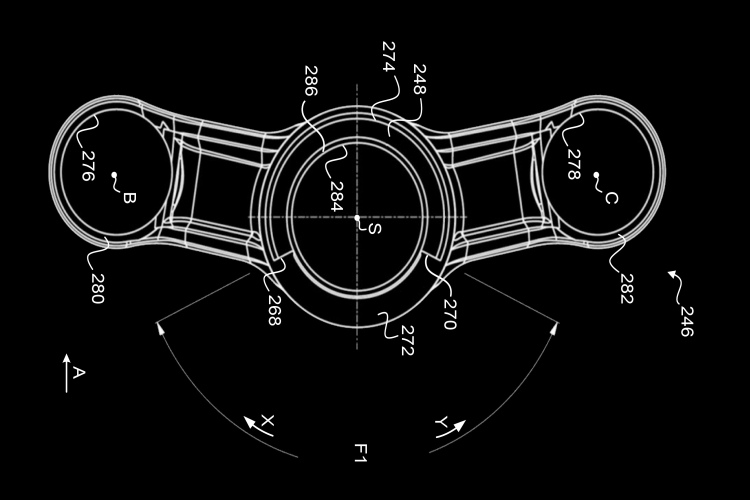
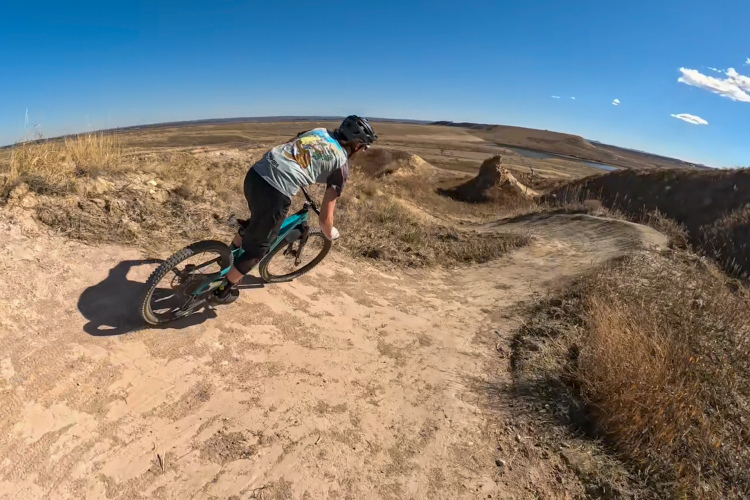

18 Comments
Jul 3, 2021
Jul 1, 2021
Jul 8, 2021
P.S. Anyone interested in purchasing any of the afore mentioned "classics" feel free to reach out. :-)
Jan 14, 2022
Old bikes are fine for some people and not for others. Horses for courses.
Jul 1, 2021
https://www.pinkbike.com/news/Trek-Scratch-Air-8-Reviewed-2011.html
Jul 8, 2021
1 - Brakes: rim brakes on a mountain bike are like drum brakes on a car. The previous technology (drum brakes and rim brakes) is obsolete and has been replaced with disc brakes. Does the older tech work - yes. Is it as safe or effective as the newer tech - no.
2 - Wheel size: 26" wheels with non-boost spacing vs. 29" wheels with boost spacing on a mountain bike are like 16" X 6.5" wheels vs. 19" X 9.5" wheels on a car. Are they all round - yes. Are the larger wheels stronger/stiffer and do they provide greater efficiency and rollability - yes.
3 - Geometry: a very upright head angle with a long stem and narrow handlebars on a mountain bike is like driving a 1967 VW Bus where you are hanging out in front of the front axel. Can you steer and maneuver - yes. Are you at high risk of winding up severely injured if you run head first into something because your center of gravity and weight distribution is biased disproportionately towards the front - also yes.
So the answer here is know the limits of what you are purchasing and gauge those characteristics against the trails you are planning on riding. If you predominantly ride smooth flow trails with gentler descents (<7%) and very few obstacles, a previous generation mountain bike would likely be safe and effective and provide a good experience. If you are riding trails with significant downhill grades, moderate to large obstacles, tight switchbacks, or needs for abrupt changes in speed, you should go for the modern technology that was engineered to handle that terrain.
For the record, I love VW's!
Jul 2, 2021
May 15, 2023
Jul 2, 2021
I'm very happy with the result but if I had the choice I would probably go a slightly different route and spend a bit more for a more recent bike with thru boost axles front and rear, 27.5 + wheels, to have better compatibility with new standards. it's getting harder and harder to find parts compatible with old standards, and when it's available it's often specialty products with a premium.
Jul 9, 2021
https://www.bicyclebluebook.com/value-guide/product/22712/
However, I find they often under value bikes, especially now that supply exceeds demand for new and used bikes. Ultimately the market will determine the price and the more manufactures create niche appeal for bikes I would think lowers the resale of bikes.
Sep 1, 2021
Dec 31, 2021
It's super fun and playful, and it's exactly the way I like my MTB to feel.
I also have a 1995 rockhopper, and I absolutely don't consider it "too short" with a 435mm reach and chainstays.
Aug 24, 2021
Jul 3, 2021
Jul 8, 2021
Jul 4, 2021
IMO, if you can find a higher end used bike in good shape no more that five or six years old buy it. It still has plenty of life left.
Jul 5, 2021
Slowed down by 3 miles an hour per race .now the bikes of yesterdays without fastback frames
Times were faster.
Jul 5, 2021